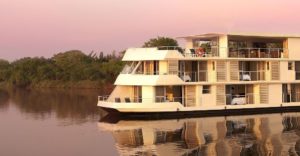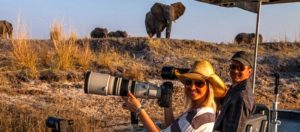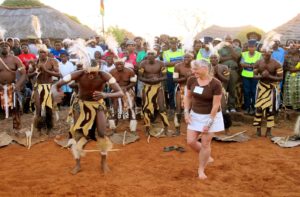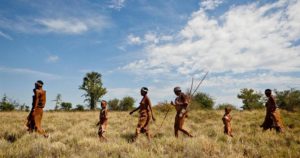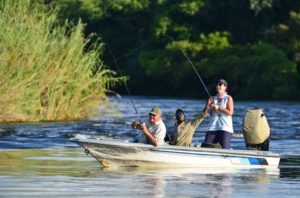-
Contact emailinfo@chobe.com
- Bookmark
- Claim National Park
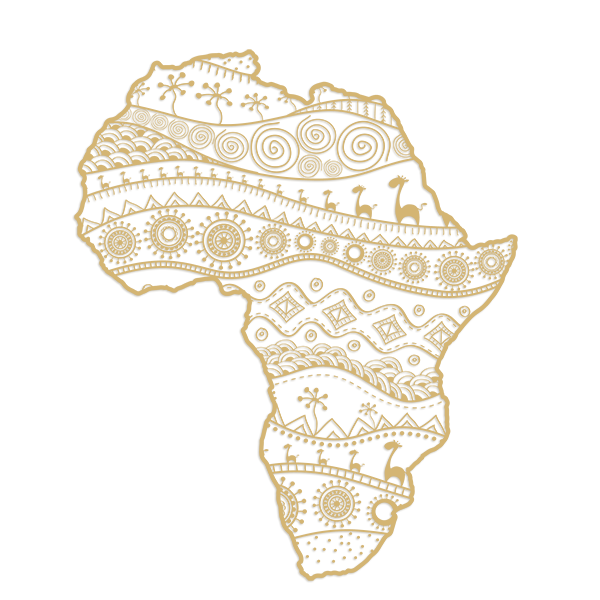
- Profile
- Tour Operators
- Accommodation
- prev
- next
- Get directions
- Website
- Bookmark
- Share
- Become an influencer
- prev
- next
Overview
About Chobe National Park
Welcome to one of the great wildlife destinations of Africa
When you visit the Chobe National Park, you will never forget the first glimpse of the dazzling, deep blue Chobe River, as it winds its way through sandy terrain, small towns, lush floodplains, dense forests of cathedral mopane trees, and endless broadleaf woodlands. The park is named after this majestic river that protects 10.700 km² of the northern Kalahari desert, providing ensuing wilderness and a game density that is steadily remarkable.
A place for everyone - Chobe National Park
Famed for its massive elephant populations, big herds of buffalo (matched only by some large lion prides) and incredible birdlife, Chobe National Park will leave an everlasting memory. Where else can you find such an amazing riverfront, with bustling wildlife, undisturbed predators, heavenly landscapes and tranquil lodges? The most accessible area of the park is the Chobe Riverfront, this is also where you will find the largest concentration of wildlife. For a more predator-rich area: head off to Linyanti Marshes. Or nourish your soul in the remote Savuti area. Wherever you go in this park, wildlife encounters are plentiful and all of Chobe feels like true wilderness. It is a place that can be enjoyed by everyone: couples, families and seasoned Africa travelers.
We will explain more about the different areas below. But first, a little bit about the history of this special place.
History of Chobe National Park
The original inhabitants of Chobe were the Bushmen, followed by the – impressively named – Hambukushu, Bayei and Basubiya. In the 1850s, locals saw explorer David Livingstone passing through the area on his way to the Victoria Falls (a little over an hour away from Chobe National Park), and some big-game hunters seeking trophies and ivory. Luckily, for all the flora and fauna of this unique land, the area was first protected as a game reserve in 1961 and proclaimed as national park in 1968.
Up to this day the game-density remains exceptional. You will be forced to halt frequently because a parade of wildlife wants to pass by. Much better than stopping for a red light in traffic, right? Moderating the number of visitors to the park keeps it from feeling ‘too busy’, adding to the remote and exclusive Chobe safari experience.
Location
-
Chobe, North-West, Botswana
Vital Park Information
Botswana
11 700 km²
Make sure you avoid drinking tap water in Botswana. In urban areas the water is chlorinated and local people may drink it, however we very strongly advise you drink bottled water at all times. Water outside of the urban areas is contaminated.In short, no. The water in Botswana is not safe to drink. This means you must ensure that ice cubes, drinking water and even the water for brushing your teeth is bottled. Always double check water bottles when they are handed to you to ensure they are sealed. During your safari, bottled water is readily available.
Botswana pula (BWP)
April, May, June, July, August, September, October, November, December
The Okavango Delta, Moremi and Chobe are Botswana's most popular parks. The best time to visit them is from May to September, during the Dry season and winter, resulting in more moderate temperatures. In addition, the Okavango is flooded from June to October. Wildlife viewing is good year-round, but this can differ for some parks. See below to learn when to visit which park.
